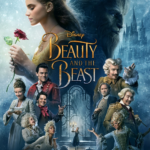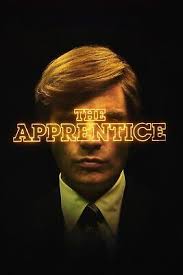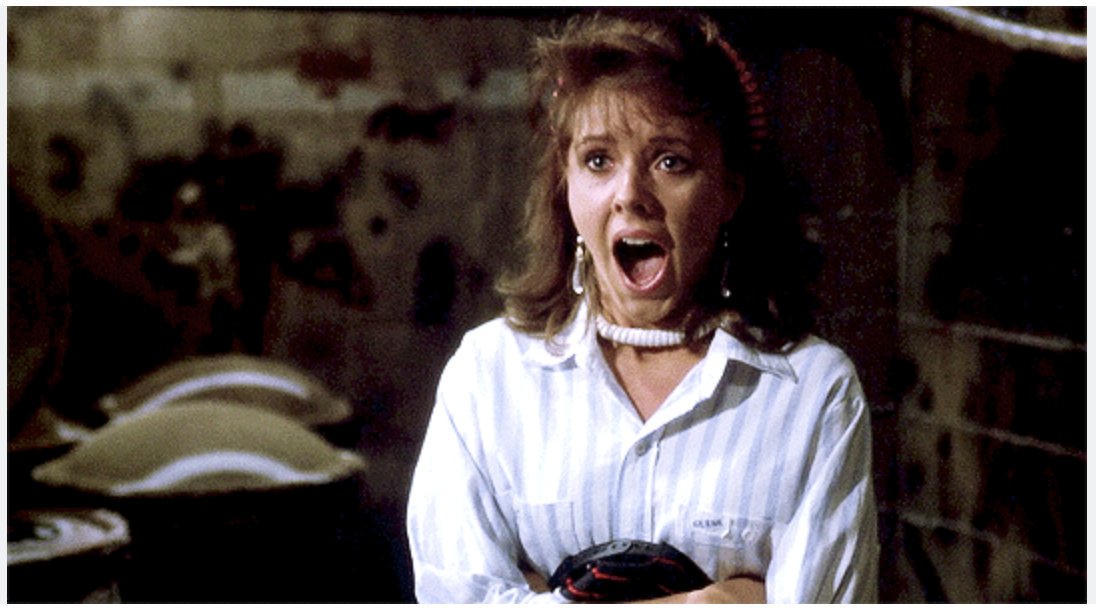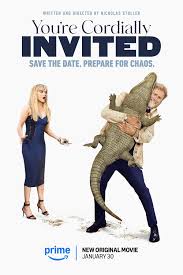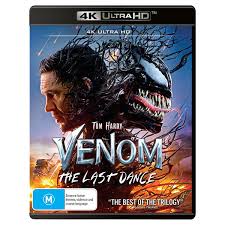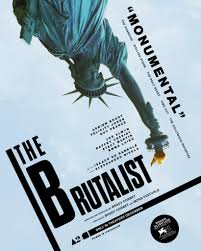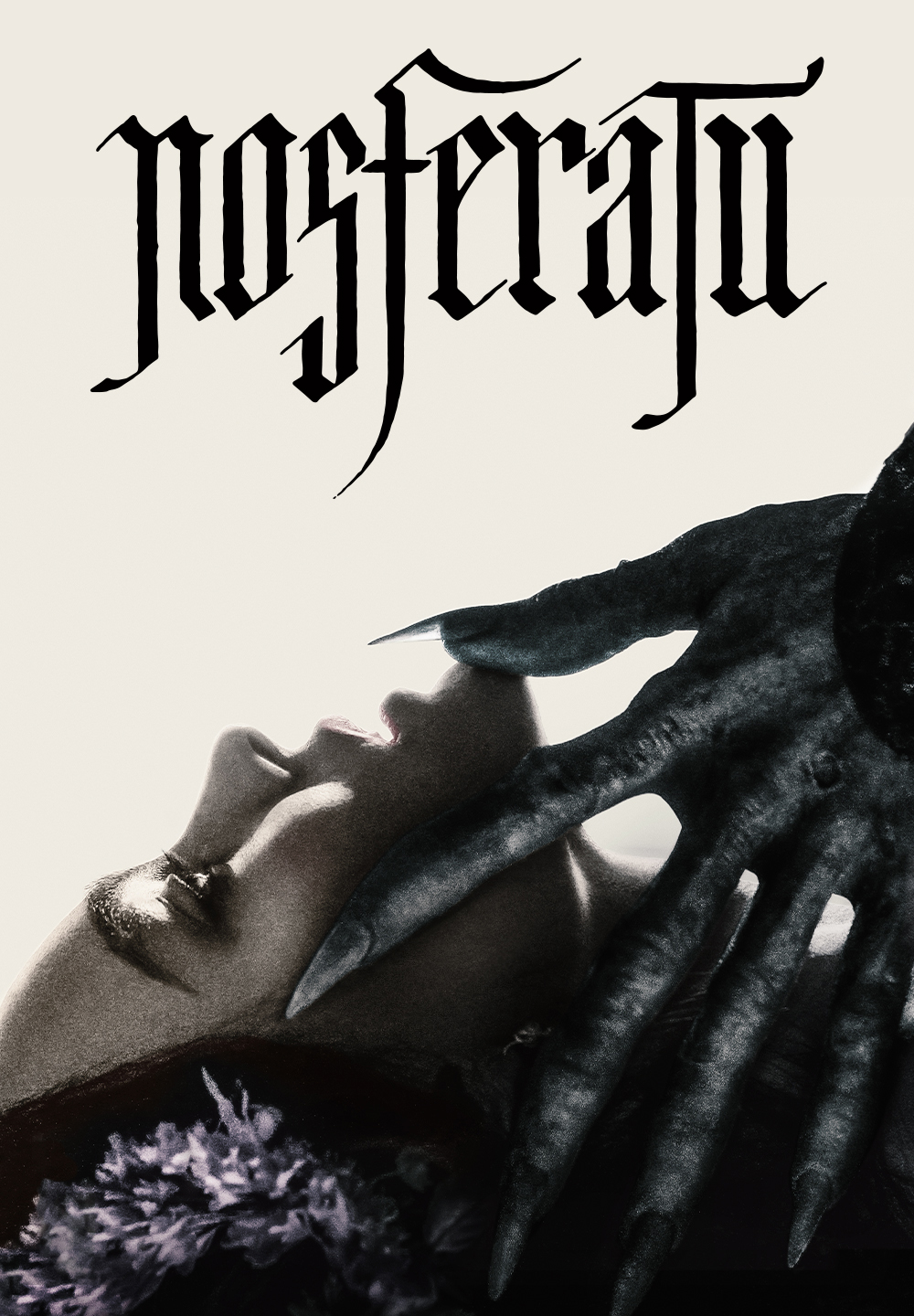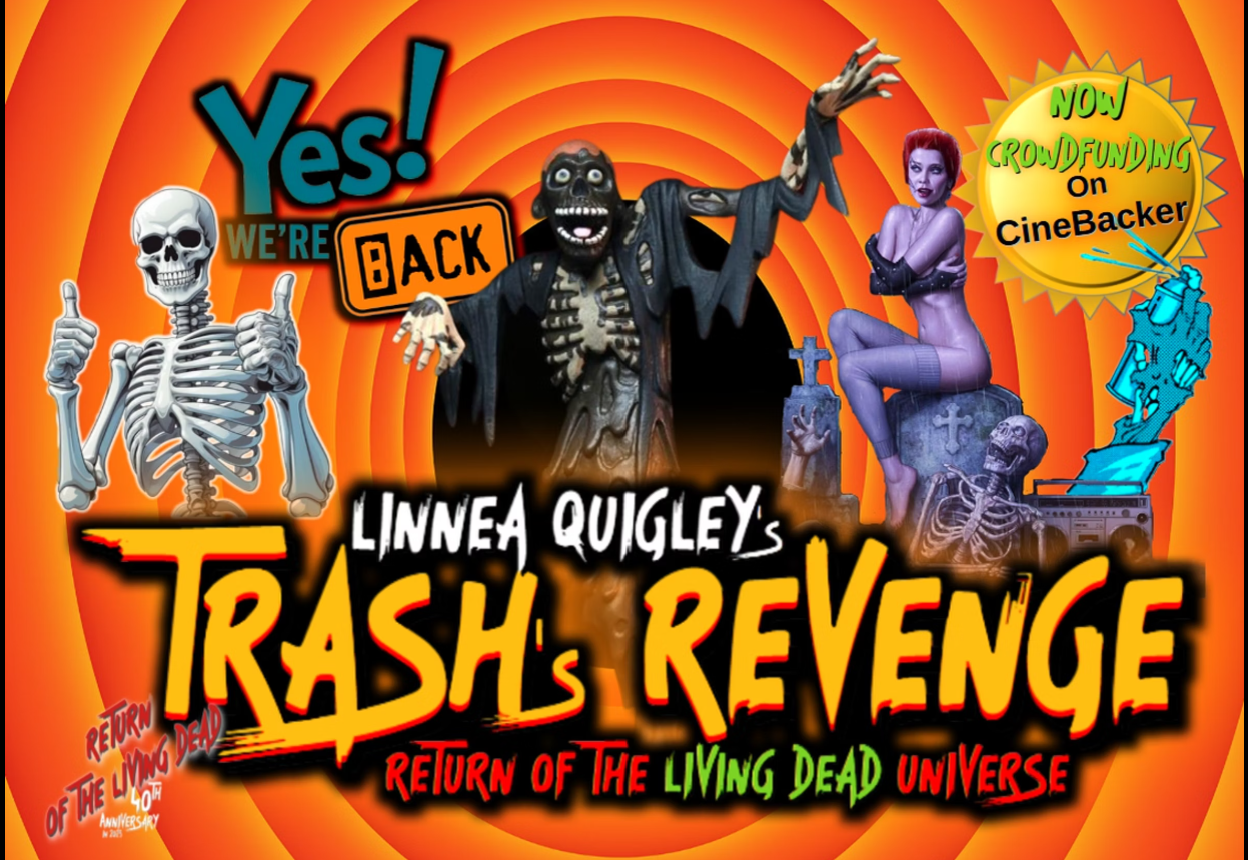Reuniting the director, writer and stars of Forrest Gump, HERE is an original film about multiple families and a special place they inhabit. The story travels through generations, capturing the most relatable of human experiences. Robert Zemeckis (Forrest Gump, Cast Away, Who Framed Roger Rabbit, Contact, Back to the Future) directs from a screenplay by Eric Roth (Forrest Gump, Killers of the Flower Moon, Dune: Part One, A Star is Born) and him. Told much in the style of the acclaimed graphic novel by Richard McGuire on which it is based, TOM HANKS and ROBIN WRIGHT star in a tale of love, loss, laughter and life all of which happen right Here.
Here tells an incredibly simple tale. The story is centered in literally one spot. The camera does not move, but time does. When the film opens, we are in prehistoric times. Dinosaurs are passing by and the big bang occurs. As time evolves, we see Native Americans living off of their land. Then colonial times come forth. Further down the line, we see the gilded age, the past becoming the present as frames place themselves everywhere on-screen showing different things, sometimes from other times.
Here is not told in a linear style. Something that will make the film a difficult watch for some viewers is that there’s a lot of jumping around. One moment, you’re spending time with Tom Hanks’s Richard Young, or even before that, his parents. They have purchased the house from another couple, an inventor and a housewife. We see glimpses of the inventor making his invention. We also see the other inhabitants of the home before and after the Young family.
Interestingly, Richard never does leave his parents. His father (Paul Bettany) is surly and drinks, while his mother (Kelly Reilly) can at times be forgetful, but this is usually brushed off. When Richard brings home Margaret (Robin Wright), his parents enthusiastically welcome her into the family. For the story’s sake, Richard and Margaret get pregnant and then have to get married in the living room. Before this occurs, we see Benjamin Franklin pass by in a carriage, as we see his New Jersey become more modernized. Eventually, Richard and Margaret move on from the house, and a new family moves in, only to be devasted by the loss of someone close to them from Covid, and then in turn, moving out of the house, making it possible for Richard and Margaret to have one more moment in that living room, where even after they’ve left, we never have.
Here deals with a lot of things in one space. Before the house is built, we see things developing and evolving and changing. As the house comes together, we see the different types of people moving in and out. The first people living in the house turn their noses up at it, feeling that is isn’t good enough, and hating that Ben Franklin is their neighbor, stating that he lives in a monstrosity. The next family are more modern and modest, with the husband showing interest in being adventurous with the newly honed skill of flight, and his wife waiting at home for him all the time. The inventor and his wife are next, and they’re the most interesting to me, even more so than Richard and his brood. They are bohemian, playing jazz music, dancing, having fun… they are lively! After Richard’s family moves out, the last family leading up to 2024 moves in. This is the only family that seems to be wealthy moves in, and also the only family of color too.
Here is not lost on characters or decent acting. The premise is interesting in a way also. It can also be emotional depending on how you feel about tales of love, struggle, loss, and life paths crossing. It also depends on your patience on films whose scenes take place in much the same space for their duration. In the case of Here, the camera doesn’t even move. For some, this could become tedious. I think it’s safe to say you can put me in the group of the “some” in that respect.
Here comes to the screen with a clear idea of the story it wants to tell, but unfortunately, what was released feels muddled. The pacing is snail-like, and unfortunately the reliance on CGI, including fully rendered CGI characters, makes the whole experience feel false and cold. I would have loved to see the film further fleshed out. I could see the film using the house more and following its characters from every era around the house, and not just sticking to the living room. I have no doubt those reading this will say that this voids the purpose of the film, but if we stay in the house, it’s still utilizing the point of Here and fleshing it out a bit by moving you and the characters around the home to make it less static.
Since I am a person who reviews films and does not make them, I can share my opinion, but I don’t dare believe I could write a capable film. As a person in the audience, I do have to say that for me this continues a disappointing downturn in Robert Zemeckis’s career. You can see his desire to innovate but things feel so stagnant, made worse by a camera that doesn’t move. I can’t place the blame solely on Zemeckis though. There Is also Eric Roth, who not only wrote Forrest Gump, but also Dune Pt. 1, Killers of the Flower Moon and a TON of other films. This doesn’t even feel like something he’d write. It’s so stalely written, moving in random ways from one bland moment to the next. Save for the inventor and his wife (Spoiler: He invents the Lay-Z Boy), this movie is not one I can see gaining much of an audience despite the pull of having Tom Hanks starring and reuniting so many people who worked together on Forrest Gump. It’s a shame too, because I know I’m not alone in my desire to see all of those involved here celebrating the success of their newest cinematic experiment.
SPECIAL FEATURES
How We Got Here (The Making of HERE) – A 20 Minute Documentary talking about the cast, crew and writer reuniting for the film, and the execution of the film.
Deleted Scenes – About 10 minutes in total, nothing essential, but interesting!
Final thoughts:
HERE is a film you’ll either love or despise. Although I enjoyed the 1080p picture and Dolby Surround Sound, I found myself getting a bit frustrated because the camera never moves (until the end). It’s admirable that Zemeckis continues to push the technical envelope each time he makes a film, but a film’s technical aspect is one thing. To move a film watcher with an engrossing story is most important. I would guess the ones who truly love this film are either Zemeckis fans or those who relish in seeing Hanks and Wright again in a film role.
Film 


Video 




Sound 



Extras 

